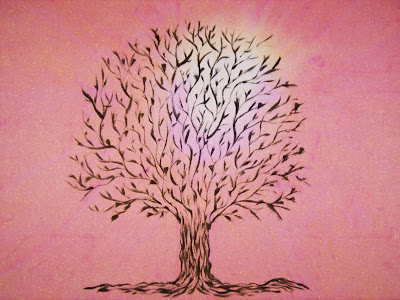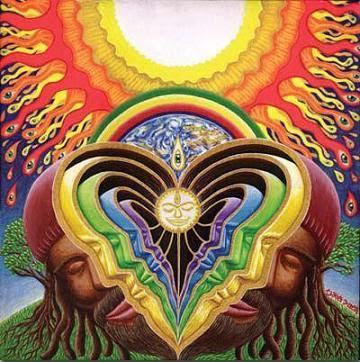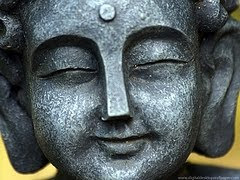Buddhism has its own version of the ass's bridge (L., pons asinorum). The term 'ass's bridge', to refresh the reader's memory, is about the fifth proposition of the first book of Euclid, namely, "The angles at the base of an isosceles triangle are equal to one another." Believe it or not, some students of geometry didn't understand this and so, couldn't cross the bridge having to remain asses, as far as geometry was concerned. In Buddhism, the ass's bridge is the failure to understand that when the Buddha is referring to the Five Aggregates of form, feeling, perception, volitions, and consciousness, saying of each one, "This is not my self" his words are not meant to be taken as a denial of self or atman. Far from it. The Buddha is simply denying that his self is psychophysical, i.e., the Five Aggregates. In Buddhismthe old cannonthere are three ways the idea of self is used. First, there is the view that the self is one of the Five A...










